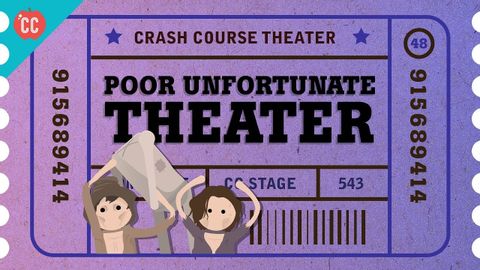哀れな不幸劇場クラッシュコース劇場 #48 (Poor Unfortunate Theater: Crash Course Theater #48)
Pei-Yi Lin が 2021 年 01 月 14 日 に投稿  この条件に一致する単語はありません
この条件に一致する単語はありませんUS /ɪˈvɛntʃuəli/
・
UK /ɪˈventʃuəli/
US /ˈrɪtʃuəl/
・
UK /'rɪtʃʊəl/
- adj.儀式の : 祭礼の : 儀礼の;儀式の
- n. (c./u.)儀式;習慣
US /ˈɔdiəns/
・
UK /ˈɔ:diəns/
US /'kaɪndə/
・
UK /'kaɪndə/
- n.〜のような
- adv.少し : ちょっと;一種の : ある意味で;~たい気がする
エネルギーを使用
すべての単語を解除
発音・解説・フィルター機能を解除

